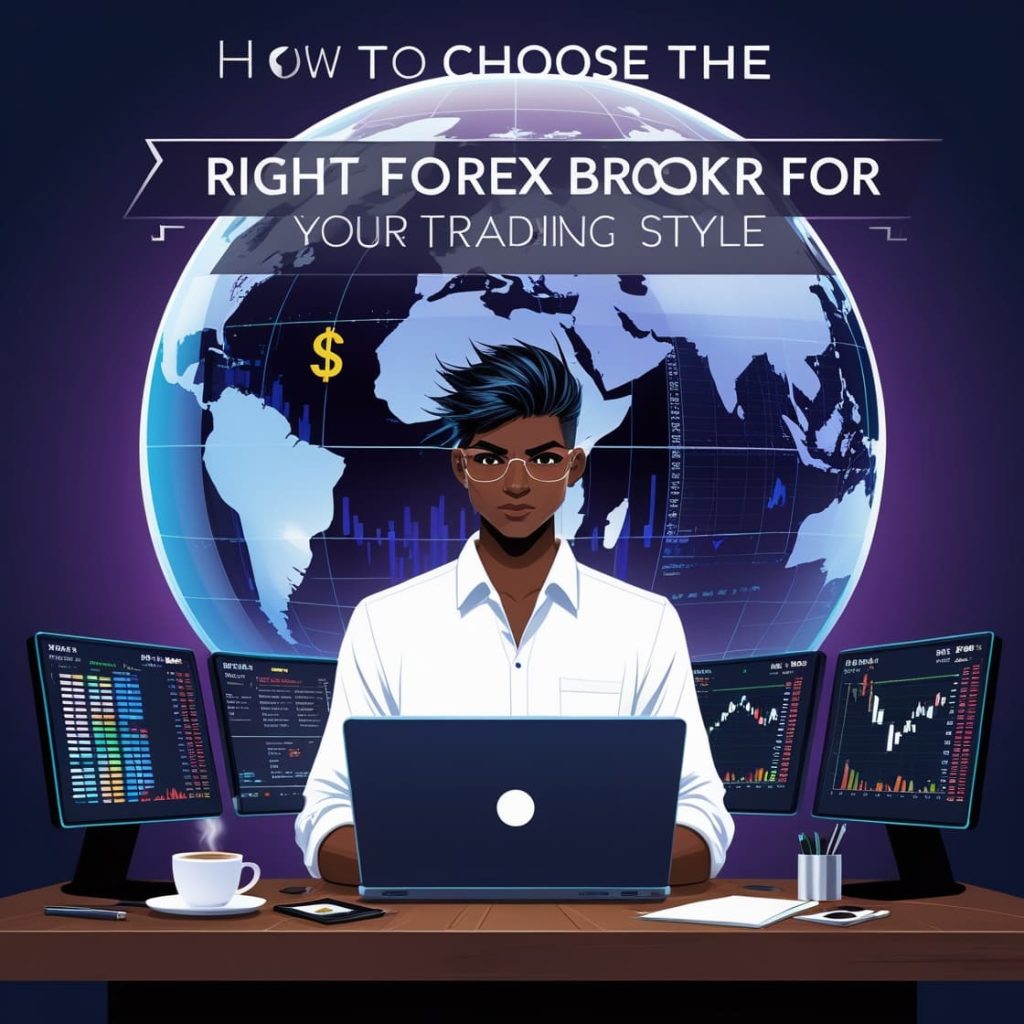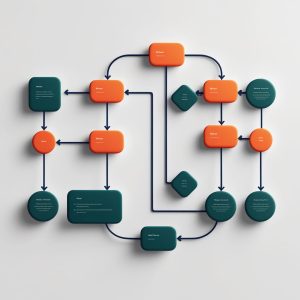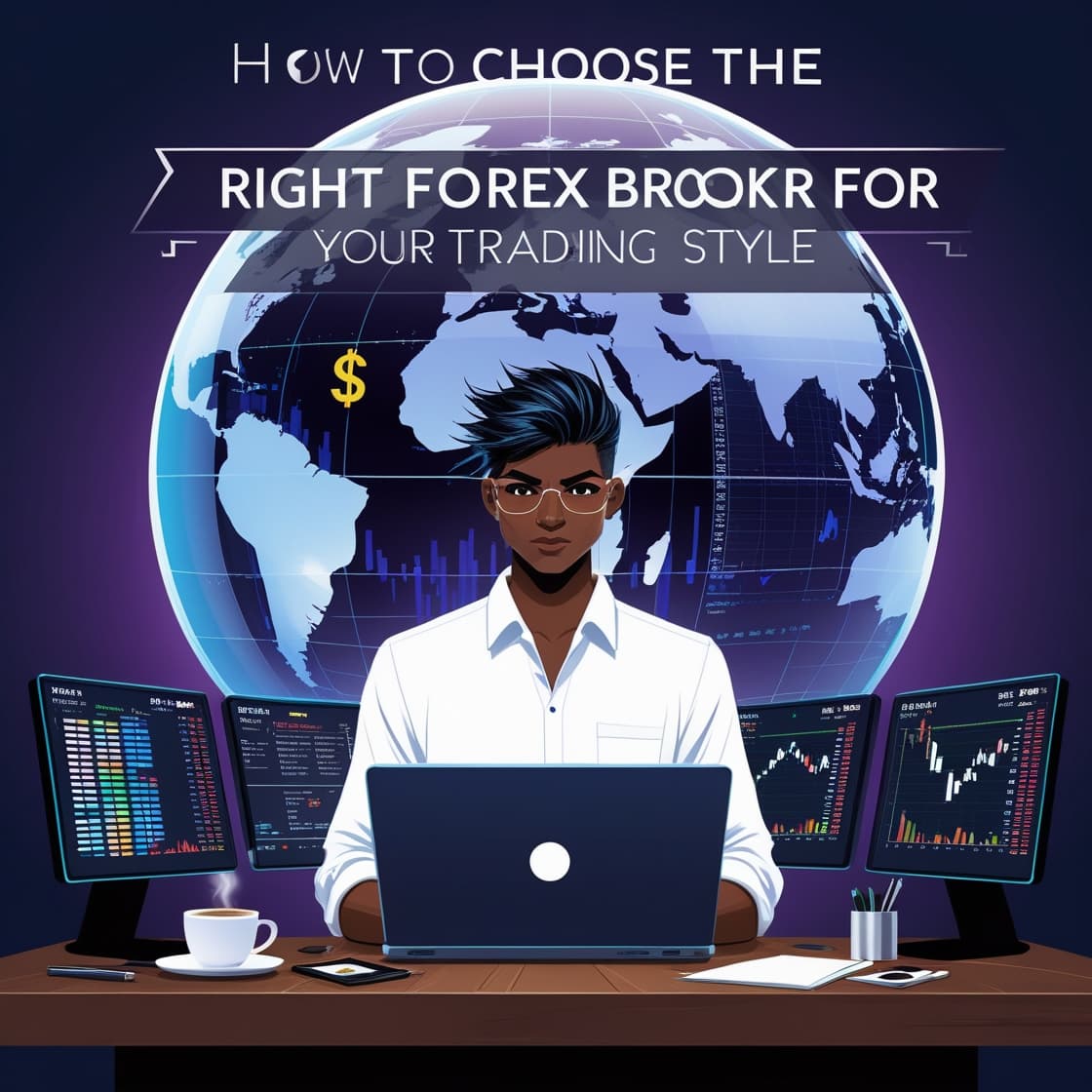The forex market, with trillions traded daily, is the world’s largest financial market. To succeed, you need a reliable forex broker to act as your gateway, providing access to trading platforms, tools, and markets. Choosing the right broker is critical, as it impacts your costs, execution speed, and overall experience. A key factor in this decision is aligning the broker’s features with your trading style—whether you’re a beginner, an active trader, a scalper, or a long-term investor. This comprehensive guide explores how to select the ideal forex broker based on your trading style, offering actionable insights, comparisons, and tips to set you up for success.
Understanding Your Trading Style
Your trading style shapes the features you need from a broker. Below are the most common trading styles and their requirements:
-
Day Trading
- Description: Day traders open and close positions within a single trading day, capitalizing on short-term price movements using technical analysis.
- Broker Needs: Fast execution, low spreads, real-time market data, and robust charting tools.
- Example: A day trader might rely on MetaTrader 4 (MT4) for its advanced charting and quick trade execution.
-
Swing Trading
- Description: Swing traders hold positions for days or weeks, aiming to capture larger price movements using a mix of technical and fundamental analysis.
- Broker Needs: Reliable platforms, access to historical data, and strong research tools like economic calendars.
- Example: A swing trader might prefer MetaTrader 5 (MT5) for its enhanced analytical features.
-
Scalping
- Description: Scalpers execute numerous small trades daily to profit from minor price changes, requiring high precision.
- Broker Needs: Ultra-low spreads, minimal slippage, and high-speed execution.
- Example: Scalpers often choose brokers with direct market access to minimize delays.
-
Position Trading
- Description: Position traders hold trades for weeks, months, or years, focusing on long-term trends and fundamental analysis.
- Broker Needs: Low overnight financing costs, diverse instruments, and comprehensive research tools.
- Example: A position trader might value a broker offering in-depth market analysis and a wide range of assets.
-
Automated Trading
- Description: Automated traders use algorithms to execute trades based on predefined criteria, reducing manual intervention.
- Broker Needs: Support for algorithmic trading, API access, and low-latency execution.
- Example: An automated trader might use a broker with API integrations for custom trading systems.
Understanding your style helps you prioritize broker features, ensuring your choice aligns with your trading goals.
Also Read : How to Differentiate Your Prop Firm in a Saturated Market
Key Factors to Consider When Choosing a Forex Broker
When evaluating brokers, consider these critical factors to ensure they meet your needs:
-
Regulation and Security
- Importance: Regulation by reputable authorities ensures fair practices and protects your funds.
- What to Check: Verify regulation by bodies like the Financial Conduct Authority (FCA), Australian Securities and Investments Commission (ASIC), or Commodity Futures Trading Commission (CFTC). Look for features like segregated client funds and negative balance protection.
- Example: IG, regulated by the FCA, keeps client funds separate and offers negative balance protection
-
Trading Platform
- Importance: The platform is your primary tool for trading, so it must be reliable and suited to your style.
- What to Check: Look for platforms like MT4, MT5, cTrader, or proprietary apps with features like advanced charting, fast execution, and mobile compatibility.
- Example: FOREX.com’s proprietary mobile app offers excellent customizability and robust analysis tools (FOREX.com Review).
-
Spreads and Commissions
- Importance: Spreads and commissions directly affect your trading costs, especially for frequent traders.
- What to Check: Compare spreads (e.g., 0.6 pips on EUR/USD) and commission structures. Some brokers offer zero-commission accounts with wider spreads.
- Example: XTB provides zero-commission trading on standard accounts with spreads from 0.6 pips (XTB Review).
-
Leverage
- Importance: Leverage amplifies both profits and risks, so it must match your risk tolerance.
- What to Check: Ensure the broker offers flexible leverage options, typically ranging from 30:1 to 400:1.
- Example: AvaTrade offers leverage up to 400:1, suitable for experienced traders but risky for beginners (AvaTrade Review).
-
Customer Support
- Importance: Reliable support is crucial for resolving issues, especially for beginners.
- What to Check: Look for 24/5 or 24/7 support via phone, email, or live chat, preferably in multiple languages.
- Example: AvaTrade offers 24/5 multilingual support, ideal for new traders.
-
Educational Resources
- Importance: Beginners benefit from resources like webinars, tutorials, and market analysis.
- What to Check: Ensure the broker provides comprehensive learning materials.
- Example: AvaTrade offers articles, videos, webinars, and eBooks for beginners.
-
Deposit and Withdrawal Options
- Importance: Convenient and low-cost funding methods save time and money.
- What to Check: Look for support for credit/debit cards, bank transfers, and e-wallets with minimal fees.
- Example: XTB has no withdrawal or wire fees, making it cost-effective.
-
Trading Instruments
- Importance: A diverse range of instruments allows you to trade beyond forex, such as commodities or indices.
- What to Check: Check the number of forex pairs and other assets available.
- Example: Saxo offers over 70,000 products, including 225 forex pairs (Saxo Review).
Comparing Forex Brokers Based on Trading Style
To simplify your decision, here’s a comparison of top brokers tailored to different trading styles, based on data from trusted sources like Investopedia and ForexBrokers.com:
| Trading Style | Recommended Broker | Key Features |
| Beginners | AvaTrade | User-friendly platform, comprehensive educational resources, no-commission trading, $100 minimum |
| Advanced Traders | Pepperstone | Fast execution, ultra-low latency, advanced charting, algorithmic trading options |
| Active Traders | CMC Markets | Active trader pricing, 12,000+ instruments, feature-rich platforms |
| Mobile Trading | FOREX.com | Customizable mobile app, robust portfolio analysis, deep research |
| U.S. Traders | tastyfx | Top-tier pricing, regulatory support, 80+ forex pairs, great customer service |
| Range of Offerings | Saxo | 70,000+ products, customizable platforms, API integrations |
| Low Costs | XTB | Transparent fees, low spreads, no withdrawal fees, active trader discounts |
How to Use This Table
- Beginners: AvaTrade’s low entry barrier and educational tools make it ideal.
- Scalpers: Pepperstone’s low-latency execution (as low as 32ms) suits high-frequency trading.
- Active Traders: CMC Markets offers competitive pricing and a vast instrument range.
- U.S. Traders: tastyfx is a top choice due to its regulatory compliance and U.S. client support.
Case Studies: Choosing a Broker Based on Trading Style
Here are three hypothetical scenarios to illustrate how traders select brokers:
Case Study 1: John, a Beginner Trader
- Profile: New to forex, wants to learn with a small investment.
- Needs: User-friendly platform, educational resources, low account minimum.
- Best Broker: AvaTrade
- Reason: AvaTrade’s $100 minimum, extensive resources (webinars, videos, eBooks), and demo account make it perfect for beginners .
Case Study 2: Sarah, an Active Trader
- Profile: Trades frequently, seeks low costs and diverse instruments.
- Needs: Competitive pricing, robust platforms, wide asset range.
- Best Broker: CMC Markets
- Reason: CMC Markets offers spreads from 0.7 pips, 12,000+ instruments, and platforms like MT4/MT5 .
Case Study 3: Mike, a Scalper
- Profile: Executes multiple small trades daily for quick profits.
- Needs: Low spreads, fast execution, minimal slippage.
- Best Broker: Pepperstone
Reason: Pepperstone’s raw spread accounts (0 pips) and ultra-low latency suit scalping
Also Read : Crypto Payment Privacy
Suggested Decision-Making Flowchart
To choose a broker, follow this process:
- Identify Your Trading Style: Are you a day trader, scalper, or long-term investor?
- List Your Needs: Prioritize features like low spreads, education, or platform reliability.
- Research Brokers: Use reviews and comparisons to shortlist options.
- Compare Features: Refer to tables like the one above for key metrics.
- Test with Demo Accounts: Try platforms to assess usability and performance.
- Make Your Choice: Select the broker that best aligns with your needs.
This flowchart can be visualized as an infographic to guide readers visually, showing a step-by-step path to decision-making.
How Our Gateway Complements Your Broker Choice
The original guide on choosing a Forex broker emphasized aligning broker features with your trading style—whether you’re a day trader, scalper, swing trader, position trader, or automated trader. Similarly, our payment gateway complements your broker choice by providing a financial infrastructure that supports your trading goals. For example:
- Day Traders and Scalpers: Benefit from lightning-fast transaction speeds and low fees, allowing you to execute multiple trades daily without delays.
- Swing and Position Traders: Enjoy real-time currency conversion and global accessibility, ideal for managing funds across long-term trades.
- Beginners: Appreciate the user-friendly interface and dedicated support, making it easy to fund accounts and start trading.
- Automated Traders: Leverage seamless API integrations for efficient fund management within algorithmic trading systems.
By integrating with top brokers like AvaTrade, Pepperstone, and CMC Markets, our gateway ensures that your financial transactions are as reliable as your trading platform, creating a cohesive trading ecosystem.
Don’t let payment challenges hinder your Forex trading success. Our payment gateway offers the security, speed, and flexibility you need to trade with confidence. Click here to learn more about our Forex payment gateway and start enjoying seamless, secure transactions today!
Conclusion
Choosing the right forex broker is a pivotal step in your trading journey. By understanding your trading style—whether day trading, scalping, or long-term investing—you can prioritize the features that matter most, such as regulation, platform quality, or low costs. The brokers highlighted, like AvaTrade, Pepperstone, and CMC Markets, cater to specific needs, but testing demo accounts is key to finding the perfect fit. With the right broker, you’ll have the tools and support to navigate the forex market confidently and achieve your trading goals.
FAQs
- What is the most important factor when choosing a forex broker?
Regulation and security are critical to ensure your funds are safe and the broker operates fairly. - Can I use multiple brokers?
Yes, many traders use multiple brokers to diversify risk or access different markets and pricing. - How do I know if a broker is regulated?
Check the broker’s website for regulatory details or visit the websites of authorities like the FCA, ASIC, or CFTC. - What’s the difference between spreads and commissions?
Spreads are the difference between buy and sell prices, while commissions are fixed fees per trade. Some brokers offer one or both. - Is a demo account important?
Yes, especially for beginners, as it allows you to practice trading without risking real money.






